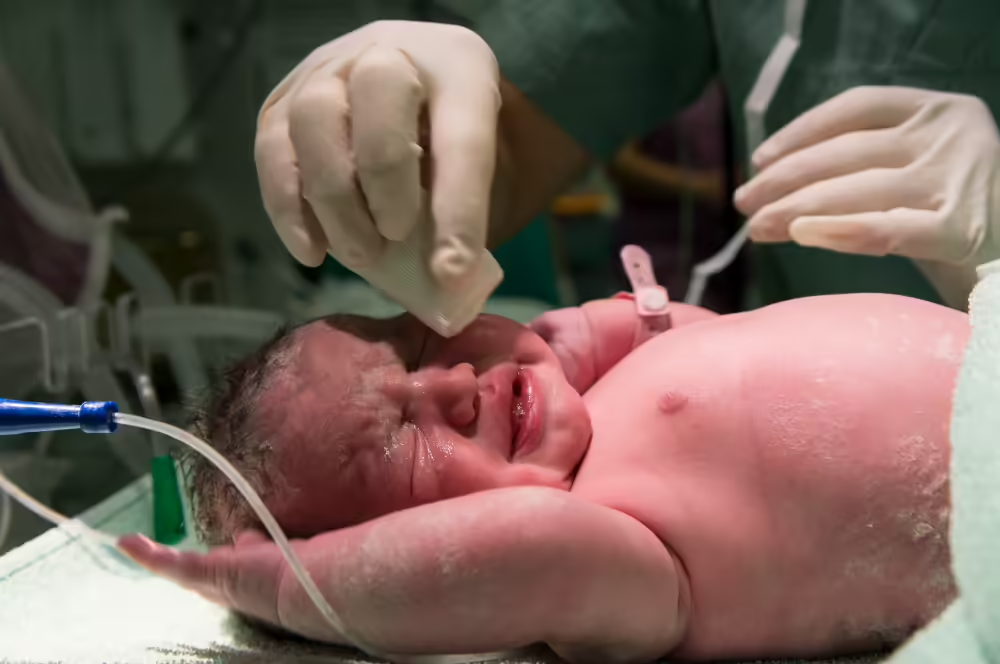
Vaginal / Normal Delivery
Going through labour and having a vaginal delivery is a long process that can be physically grueling and is hard work for the mother.
Pros
🤱🏻A mother will have more early contact with her newborn than a woman who has undergone surgery
🤱🏻 She can initiate breastfeeding sooner.
🤱🏻Shorter hospital stay and recovery time compared with a C-section.
🤱🏻Women who undergo vaginal births avoid having major surgery and its associated risks, such as severe bleeding, scarring, infections, reactions to anesthesia and more longer-lasting pain.
👶🏻During a vaginal delivery, muscles involved in the process are more likely to squeeze out fluid found in a newborn’s lungs, which is beneficial because it makes babies less likely to suffer breathing problems at birth.
👶🏻Babies born vaginally receive an early dose of good bacteria as they travel through their mother’s birth canal, which may boost their immune systems and protect their intestinal tracts.
Cons
🤱🏻During a vaginal delivery, there is a risk that the skin and tissues around the vagina can stretch and tear while the fetus moves through the birth canal. If stretching and tearing is severe, a woman may need stitches or this could cause weakness or injury to pelvic muscles that control her urine and bowel function.
🤱🏻After a vaginal delivery, a woman may also experience lingering pain in the perineum, the area between her vagina and anus.
👶🏻If a woman has had a long labor or if the baby is large and delivered vaginally, one of the risks is that the baby may get injured during the birth process itself, resulting in a bruised scalp or a fractured collarbone.
C- Section
Pros
👉🏻If a woman is eligible to have a vaginal delivery, then there are not a lot of advantages to having a C-section.
🤱🏻However, if a pregnant need a C-section, a surgical birth can be scheduled in advance, making it more convenient and predictable than a vaginal birth and going through a long labor.
Cons
🤱🏻Stay in the hospital longer, compared with a woman who has a vaginal delivery.
🤱🏻 Increases a woman’s risk for more physical complaints following delivery, such as pain or infection at the site of the incision and longer-lasting soreness.
🤱🏻 Increased risk of blood loss and a greater risk of infection.
🤱🏻Less likely to begin early breastfeeding than women who had a vaginal birth.
🤱🏻The recovery period is also longer because a woman may have more pain and discomfort in her abdomen
🤱🏻Once a woman has had her first C-section, she is more likely to have a C-section in her future deliveries.
👶🏻Babies born by Caesarean section may be more likely to have breathing problems at birth and even during childhood, such as asthma. They may also be at greater risk for stillbirth.
👶🏻During a C-section, there is a small risk that a baby can get nicked during the surgery
👶🏻Some studies have also suggested that babies delivered by C-section have a greater risk of becoming obese as children and as adults.
👉🏻 Women who are obese or have pregnancy-related diabetes may be more likely to have a C-section
Pregnant women can have either a vaginal birth or a surgical delivery by Caesarean section, but the ultimate goal of both delivery methods is to safely give birth to a healthy baby.






